Full Automatic Constant Pressure Variable Frequency Water Supply Equipment is a new generation of hi...
See DetailsSelf-Priming Centrifugal Wine Pumps: Wine Production with Efficiency and Precision
Industry News-The wine industry is one steeped in tradition, but it has also embraced modern technologies to improve production quality, efficiency, and sustainability. Among the innovations transforming winemaking is the Self-Priming Centrifugal Wine Pump, a specialized pump designed to handle the unique demands of wine transfer with care and efficiency. This equipment has become essential in wineries worldwide, enabling seamless movement of delicate liquids while preserving the quality and flavor profiles that define wines.
Understanding Self-Priming Centrifugal Wine Pumps
A self-priming centrifugal pump is engineered to automatically evacuate air from the suction line, allowing it to start pumping without manual priming. This feature is particularly advantageous in wine production where gentle handling and uninterrupted flow are critical. Unlike traditional centrifugal pumps that require filling the pump casing with liquid before starting, self-priming models can clear air pockets and suction liquids from storage tanks, barrels, and fermentation vessels efficiently.
Key features of self-priming centrifugal wine pumps include:
Gentle Fluid Handling: Designed to minimize shear forces and preserve delicate wine characteristics.
Self-Priming Capability: Enables pump operation without manual priming, reducing downtime and labor.
Sanitary Construction: Often built with stainless steel and food-grade seals to meet hygiene standards.
Corrosion Resistance: Materials that resist acids and alcohols commonly found in wine.
Easy Maintenance: Modular designs allow quick cleaning and servicing, vital for maintaining sanitation.
Why Self-Priming Pumps Matter in Winemaking
The transfer of wine during various production stages — from fermentation and clarification to bottling — demands precision and care. Wine is sensitive to oxygen exposure, temperature fluctuations, and mechanical stress, all of which can negatively affect flavor, aroma, and clarity. The self-priming centrifugal wine pump addresses these challenges by providing:
Reduced Oxygen Entrapment: The pump design air mixing with the wine, preserving its sensory qualities.
Continuous Flow: Self-priming functionality ensures uninterrupted liquid transfer, essential for maintaining process efficiency.
Versatility: Capable of moving wine with suspended solids such as grape skins or yeast during fermentation.
Hygienic Operation: Food-grade construction prevents contamination, aligning with strict winery sanitation protocols.
Applications in the Wine Industry
Self-priming centrifugal wine pumps find applications across multiple stages of wine production:
Crushing and Pressing: Transferring grape must and juice with solids from crushing equipment to fermentation tanks.
Fermentation Transfer: Moving fermenting wine gently between vessels while preserving yeast viability.
Racking and Clarification: Separating wine from lees and sediments without disturbing the delicate liquid.
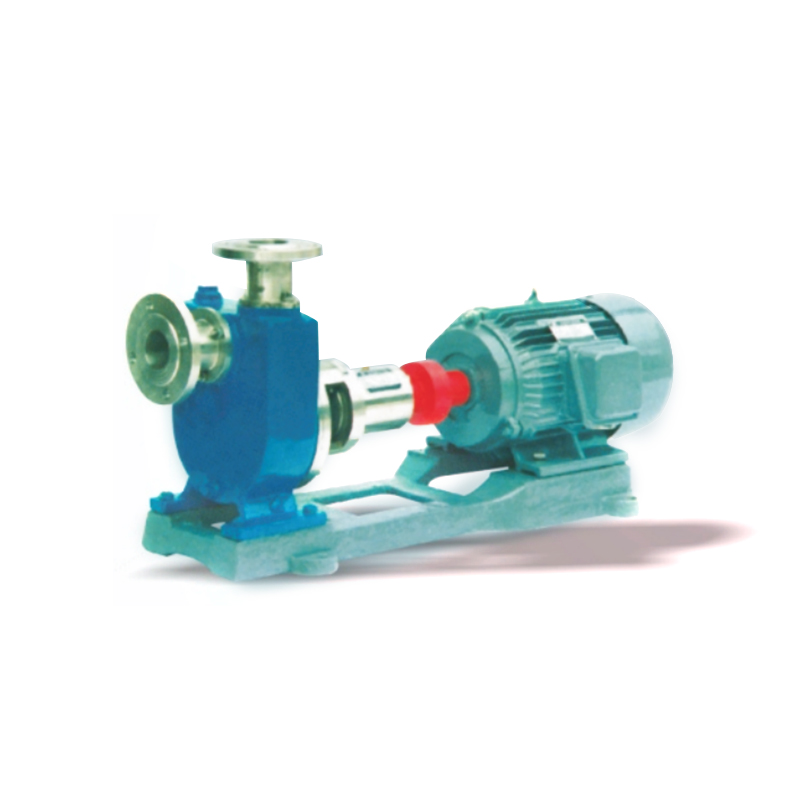
Filtration and Bottling: Ensuring smooth flow during final processing steps, including filtration, stabilization, and packaging.
Cleaning-in-Place (CIP) Systems: Pumping cleaning solutions through winery pipelines and tanks for efficient sanitation.
Technological Advances Boosting Pump Performance
Modern self-priming centrifugal wine pumps have evolved with technology trends to enhance winery operations:
Sanitary Design Enhancements: Use of Tri-Clamp fittings, CIP-compatible seals, and smooth interior surfaces facilitate cleaning and reduce bacterial growth.
Energy Efficiency: Improved impeller designs and motor control options reduce power consumption, aligning with sustainable practices.
Variable Frequency Drives (VFDs): Allow precise control of flow rates and pressures to match delicate wine transfer needs.
Smart Monitoring: Sensors monitor flow, pressure, and temperature in real time, enabling automated adjustments and preventing damage.
Modular Construction: Quick disassembly for inspection and cleaning supports compliance with rigorous hygiene standards.
Market Trends Driving Demand
Several factors are fueling the growing adoption of self-priming centrifugal wine pumps in the global wine industry:
Increasing Wine Production: Expansion of wineries in emerging markets calls for reliable and efficient pumping solutions.
Focus on Quality Control: Producers seek technology that safeguards the flavor, aroma, and appearance of wines.
Labor Efficiency: Automation and self-priming features reduce manual intervention and labor costs.
Sustainability Goals: Energy-efficient and hygienic pumps contribute to environmentally responsible production.
Customization Needs: Wineries demand pumps adaptable to diverse production scales and specific varietal requirements.


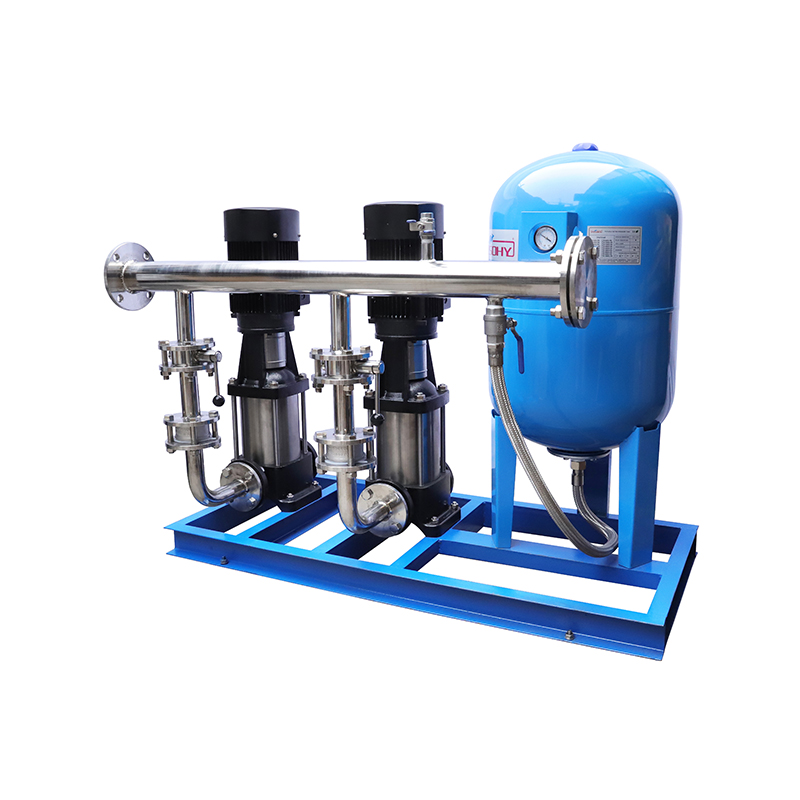
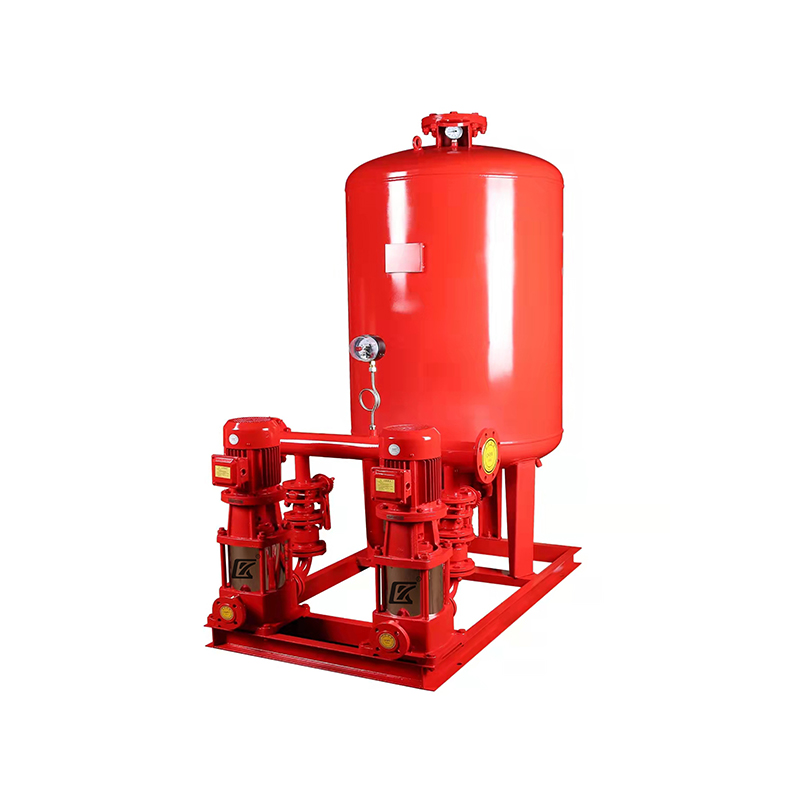
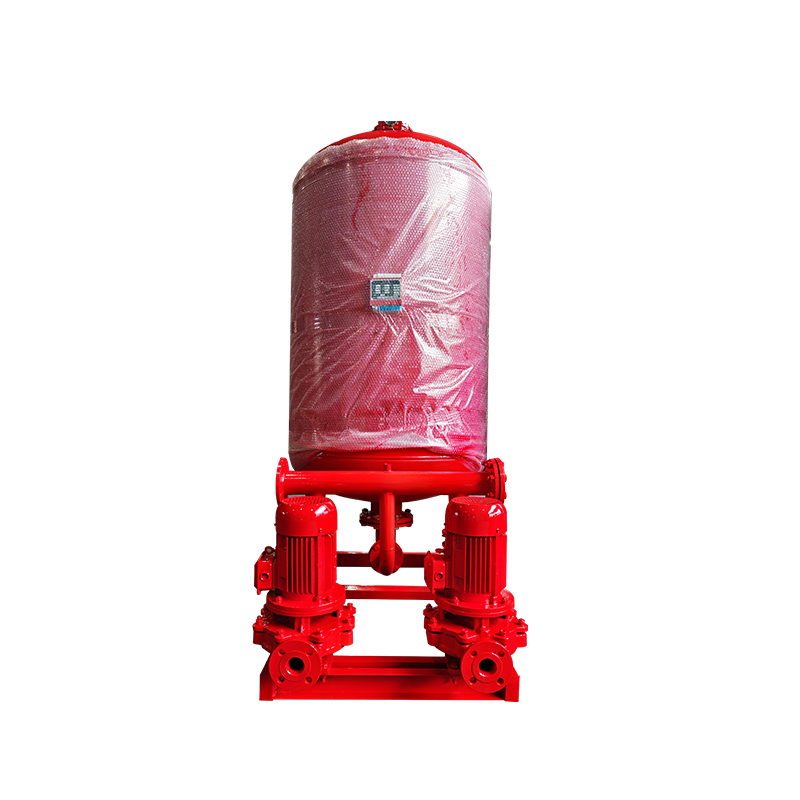

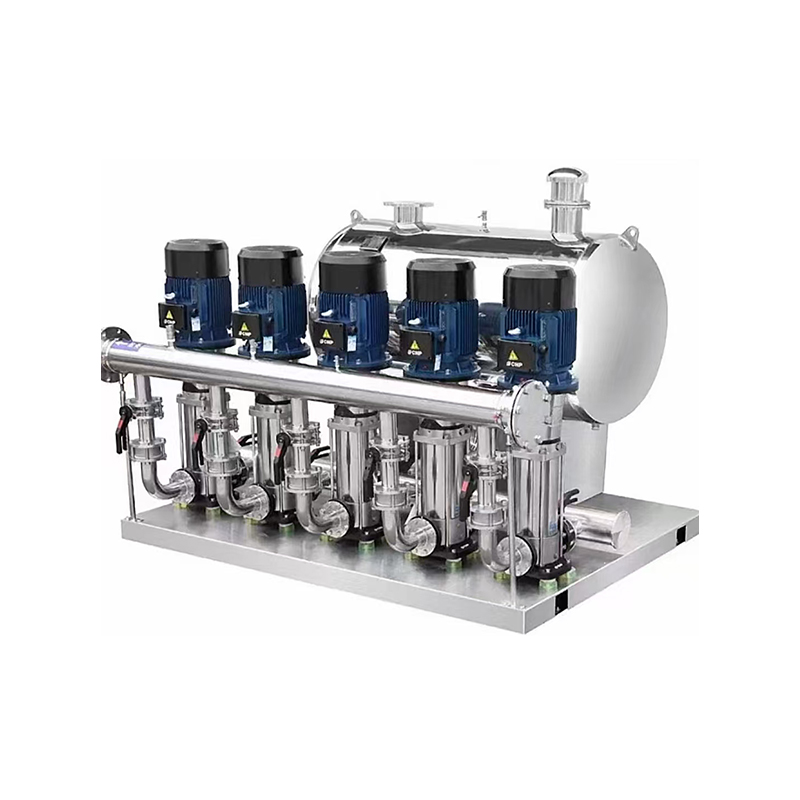
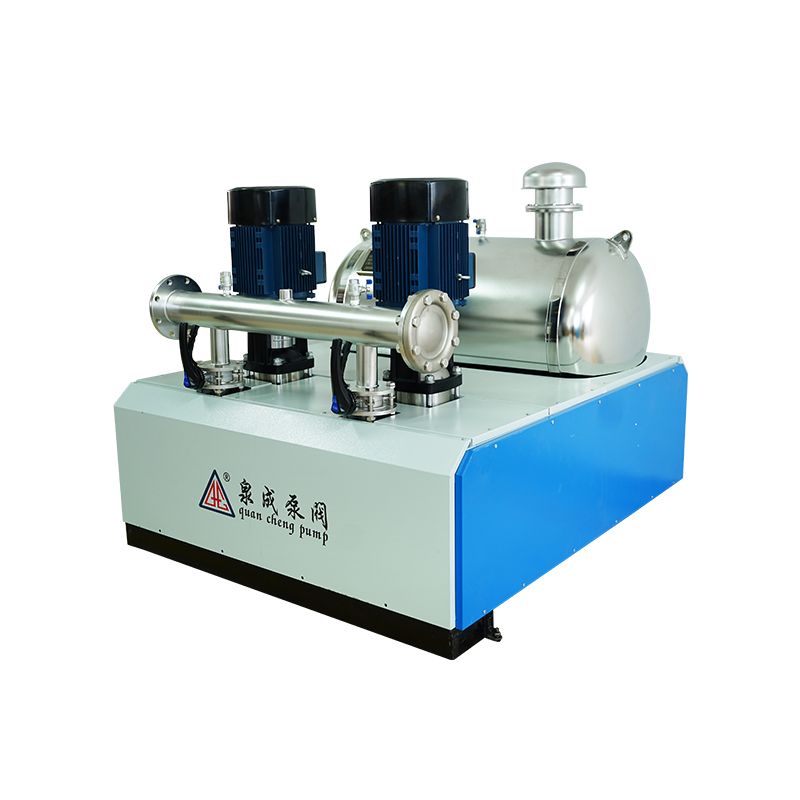
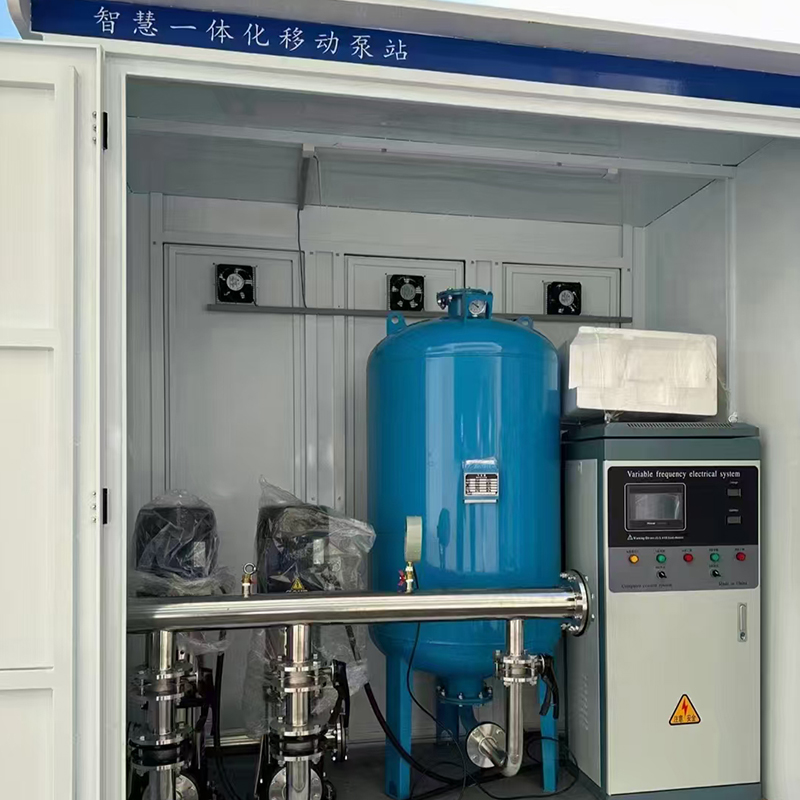

 浙公网安备33032402001888号
浙公网安备33032402001888号
